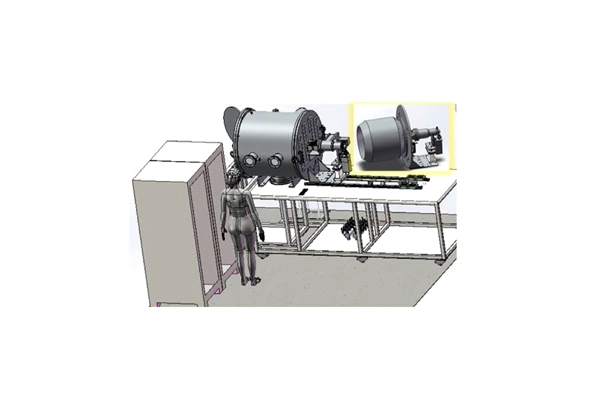The preparation of large-area, composite-type batches and clean vacuum composite coatings with various functions can significantly enhance battery conversion efficiency. This technique is extensively utilized in the fabrication of perovskite hole transport layers, metal back electrodes, and other film layers.
PVD (Physical Vapor Deposition) coating is renowned for its durability and resistance to wear, corrosion, and tarnish. The longevity of a PVD coating largely depends on the application, environmental conditions, and the type of substrate it is applied to. Generally, PVD coatings can last anywhere from 5 to 25 years or more. In optimal conditions, such as low-friction environments and minimal exposure to harsh chemicals, the coating can maintain its appearance and functionality for decades. Regular maintenance and proper care can further extend the lifespan of PVD-coated items, making them a reliable choice for long-term use.


PVD (Physical Vapor Deposition) coating is highly resistant to scratches, but it is not entirely scratch-proof. This advanced coating technique enhances the hardness and durability of surfaces, making them more resistant to wear and tear compared to traditional coatings. However, extreme conditions or sharp objects can still cause scratches. PVD coatings are commonly used in applications where both aesthetics and durability are important, such as in watches, jewelry, and high-end tools. While it significantly improves scratch resistance, it's essential to handle PVD-coated items with care to maintain their pristine appearance.